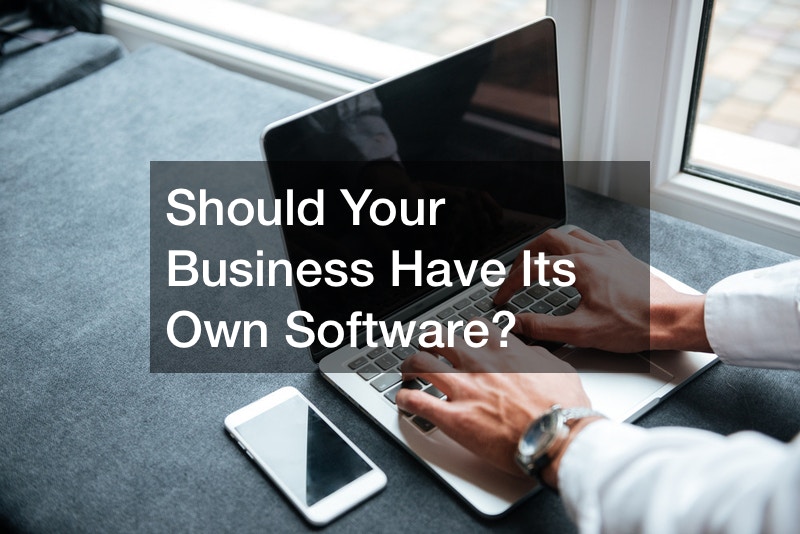

In this YouTube video, Fingent looks at the differences between a business choosing a pre-packaged software vs. picking custom software. Each has pros and cons.
First, a business should consider how software might help their business both now and in the future.
What does the company want to accomplish? Will they want the software to scale as the business grows, and does the company want it to do more than one thing? For example, both logging customer information and doing invoicing.
The more functions and features the business wants with one software, the higher the possibility of needing custom software. If a company wants to only automate or digitize its routine functions, like payroll, or accounting, then an off-the-shelf product may suffice.
It is easier to install boxed software, but that convenience comes with some hidden costs. Suppose a business wants to digitize its customer purchase workflow. In that case, it may be faster to install a shopping cart, a customer database, and refund processing. However, later, the sales process can become more involved, a store can have greater inventory, or the sales process may change altogether. If that happens, then the off-the-shelf product will hit its predefined limits, forcing staff to find workarounds, things that could have already been automated or digitized. The extra steps in the workarounds cause a loss of time and money.




